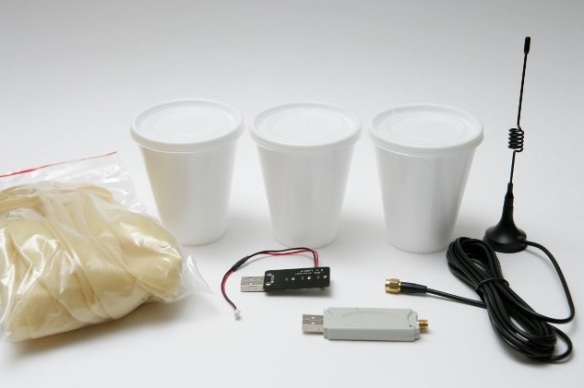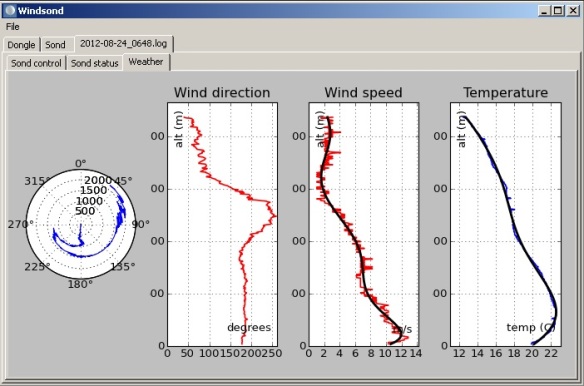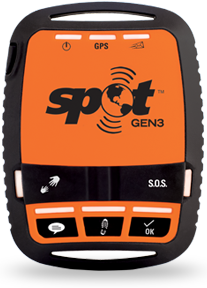The Boscombe Down Balloon challenge competiti0n, sponsored by RAeS, Cameron Balloons, QinetiQ, and us has finished and the prizes have been announced. Rod, from RAeS issued the following statement:
You may be interested to know that we have a result from the Boscombe Down Balloon Challenge: Epsom College win 3 x £1000 prizes for greatest altitude, greatest distance, and greatest endurance. Ryde School with Upper Chine (Isle of Wight) win the Chris Hillcox HAB Supplies prize for a commendable flight achievement that did not qualify for any of the 3 main prizes.
I am very pleased to report that this result is not only the technically correct outcome, but also that it entirely reflects natural justice. Epsom college put in a Herculean effort, launching 6 flights in all (with a seventh in reserve for the evening of 31 Dec). The students who built the balloon payloads were genuinely inspired and proactively led by two very enthusiastic teachers who engaged with our competition in a most positive way. From the outset, their appetite for the Balloon Challenge and their determination to win it, was palpable. Yet, despite being fiercely competitive, this team was totally committed to playing strictly by the rules in everything they did. More than this, they respected a UK HAS advisory launch embargo when weather conditions would have carried their balloons into airport traffic zones (so as not to bring the Balloon Challenge into disrepute); and have offered to help other schools with HAB-based STEM projects in the future.
Ryde School with Upper Chine was also an enthusiastic competitor, but here the team was very much student-led. The Senior Science Technician was our staff point of contact. The School was undoubtedly supportive of their Balloon Challenge entry, but did not provide the level of guidance and inspiration that we saw at Epsom. The Ryde team did, however, plan their flights with full cognizance of NOTAM requirements; and with commendable attention to the engineering detail of optimal gassing – the trick being to put not too much gas into a balloon. In the event, the Ryde balloon flew furthest and for the longest duration (by a large margin), but since the balloon itself was bigger than the maximum size permitted in the Challenge, this result did not count. It was, nevertheless, a significant achievement in its own right.
These results will be fully recognised at Prize Day on 10 Feb.





